As a database administrator, your responsibilities extend beyond maintaining system uptime and optimizing queries. You’re the first line of defense for sensitive data. With the proliferation of cloud platforms, the demands of AI/ML workloads, and ever-tightening global privacy regulations, modern DBAs are under increasing pressure to not only secure data but also ensure its usability across diverse environments.
This guide tackles the top five data masking challenges in complex environments and provides practical solutions using proven techniques and tools.
Overcoming Complex Data Masking Challenges
As data continues to proliferate across various formats and platforms, the complexity of data masking has significantly increased. It’s no longer just about applying simple masking rules; instead, it requires a thorough understanding of the intricate challenges presented by diverse, interconnected environments.
Here are the top 5 challenges organizations with sprawling data ecosystems face, and what database administrators and engineers need to address to ensure data compliance, security, and usability for DevOps teams.
Challenge 1: Masking Across Heterogeneous Data Sources
Most organizations operate in hybrid environments, encompassing a mix of Oracle, SQL Server, PostgreSQL, MySQL, MongoDB, and various cloud-native platforms. Applying consistent masking logic across these disparate systems can be a significant hurdle. Unfortunately, many data management tools, particularly add on discovery and masking solutions for database platforms, only work with a limited number of data sources.
Common Pain Point: Masking Across Multiple Data Sources
The reality of modern data environments is that they’re rarely homogeneous. Modern data environments span legacy systems, cloud databases, and everything in between, which can make consistent, enterprise-wide masking complex and error-prone. This diversity makes it challenging to implement a consistent data masking strategy that works across all platforms.
Solution for Heterogeneous Data Sources:
| What to Do | Why It Helps |
|---|---|
| Enforce Role-Based Access to Masking Scripts | Prevents unauthorized changes and ensures consistency in execution across all platforms. |
| Utilize Version Control (e.g., Git, Bitbucket) | Enables easy rollbacks, provides comprehensive audit trails, and supports environment-specific branching for tailored masking. |
| Create Environment-Specific Masking Rules | Allows you to tailor masking logic to schema variations while maintaining overall consistency in your approach. |
| Mask with Universal Connector | Data masking solutions with a universal connector are compatible with all major databases and file types. |
ADM is built with a universal connector that enables it to consistently discover and mask sensitive data across all major databases and file types. ADM is compatible with SQL Server, Oracle, PostgreSQL, IBM DB2, MongoDB, Amazon Redshift, MySQL and more.
Challenge 2: Maintaining Referential Integrity Without Compromising Data Utility
Maintaining the relationships between data elements is crucial when masking. Learn how to mask sensitive information without compromising the usability or integrity of your datasets for downstream processes.
Common Pain Point: Preserving Referential Integrity
Masking sensitive data like customer IDs, transaction references, or employee numbers without breaking critical table relationships is paramount for test, QA, and analytics teams. Although many solutions can preserve referential integrity within the same database, enterprise-wide referential integrity can prove to be a more significant challenge.
Solution for Referential Integrity:
| What to Do | Why It Helps |
|---|---|
| Implement Deterministic Masking | Ensures that the same input always yields the same masked output, preserving crucial joins and foreign keys. |
| Mask in Staging Environments First | Validates data integrity before promoting masked data to test or production environments. |
| Run Post-Masking Integrity Checks | Automates the verification of relationships and foreign key constraints, catching issues early. |
| Choose Solution with Enterprise-Wide Referential Integrity | Ensures that relationships between masked data across different systems and databases are consistently maintained, critical for complex environments. |
ADM masks with both in-database and enterprise-wide referential integrity. It is trusted in situations where data relationships must be preserved across multiple databases; for example, when a regional bank needed to mask core banking data.
Challenge 3: Meeting Global Compliance Requirements
Navigating the complex landscape of global data privacy regulations requires a strategic approach to data masking. Discover how to align your masking practices with international and regional mandates.
Common Pain Point: Regulatory Compliance
Regulations such as GDPR, HIPAA, CCPA, and PIPEDA each mandate distinct standards for data protection, including pseudonymization, de-identification, and robust auditability.
| What to Do | Why It Helps |
|---|---|
| Develop Regulation-Specific Masking Policies | Aligns your data protection strategies with specific requirements like GDPR’s Article 32 or the HIPAA Safe Harbor rule. |
| Automate Masking Logs & Reports | Provides auditors with timestamped, traceable records, simplifying compliance audits. |
| Store Audit-Ready Metadata | Documents masking algorithms, rule sets, and a comprehensive change history for transparency and accountability. |
ADM is designed with regulatory compliance in mind, and preprogrammed to discover and mask sensitive data in accordance with major data privacy regulations.
Challenge 4: Scaling Masking for High-Volume, Always-On Systems
As data volumes continue to grow exponentially, efficient and non-disruptive masking becomes a critical concern. Explore strategies to scale your masking operations without impacting performance or availability.
Common Pain Point: Scalable Masking
With data volumes constantly exploding, traditional batch masking methods can’t disrupt critical business operations or delay deployments.
| What to Do | Why It Helps |
|---|---|
| Leverage Parallel Processing | Accelerates the masking of large datasets, especially crucial in distributed environments. |
| Schedule Masking During Off-Peak Hours | Minimizes impact on system performance and availability during critical business times. |
| Monitor Masking Job Performance | Helps identify bottlenecks and enables dynamic tuning for optimal masking efficiency. |
If you manage large volumes of data, it is important to select a test data management solution with the capacity to scale with your needs. Another critical concern for organizations with large amounts of data is the pricing model of their test data management solution. Unlike many solutions which bill by usage, ADM provides all-in pricing with unlimited usage.
Challenge 5: Choosing the Right Tool for Complex Masking Scenarios
Selecting the appropriate data masking solution is pivotal for success in complex enterprise environments. Understand the key features and capabilities to look for in a robust masking platform.
Relying on manual masking via SQL scripts is not scalable. It significantly increases the risk of errors, inconsistencies, and regulatory compliance gaps.
| What to Look For | Why It Matters |
|---|---|
| Support for All Major Databases & File Types | Ensures consistent masking across your entire infrastructure, including hybrid and legacy systems. |
| Built-In Referential Integrity Handling | Automatically maintains cross-table and cross-database relationships, reducing manual effort and errors. |
| Pre-Built Compliance Templates | Accelerates alignment with regulations like GDPR, HIPAA, PCI DSS, CCPA and PIPEDA. |
| Synthetic Data Generation Capabilities | Enables safe development and AI training by providing realistic, non-sensitive data, eliminating the need for real PII. |
Choosing the right test data management platform can be challenging. Many affordable platforms involve significant tradeoffs that are unsuitable for complex data masking environments. ADM is a cost competitive platform, starting under $10 000 that offers advanced discovery and masking capabilities designed with database professionals in mind.
Overcoming Complex Masking Challenges
To effectively tackle data masking challenges, you need more than just a patchwork of scripts and ad-hoc solutions. You need an intuitive platform designed to handle the complexities of modern data environments. The right platform should offer built-in capabilities for managing diverse data sources, ensuring referential integrity, and maintaining compliance across the board.
This is where the ADM Discovery and Masking Platform comes in. It’s specifically designed to solve all static data masking challenges, providing a robust, scalable solution that integrates seamlessly with your existing infrastructure. With features like PII discovery, automated masking, compliance reporting, and performance optimization, ADM accelerates data operations without compromising security or compliance.
Whether you’re dealing with diverse data formats, maintaining data integrity, or navigating complex regulatory requirements, ADM gives you the tools to protect your data effectively. ADM integrates smoothly with your existing systems, offering scalability and rapid masking to keep your data operations running efficiently.
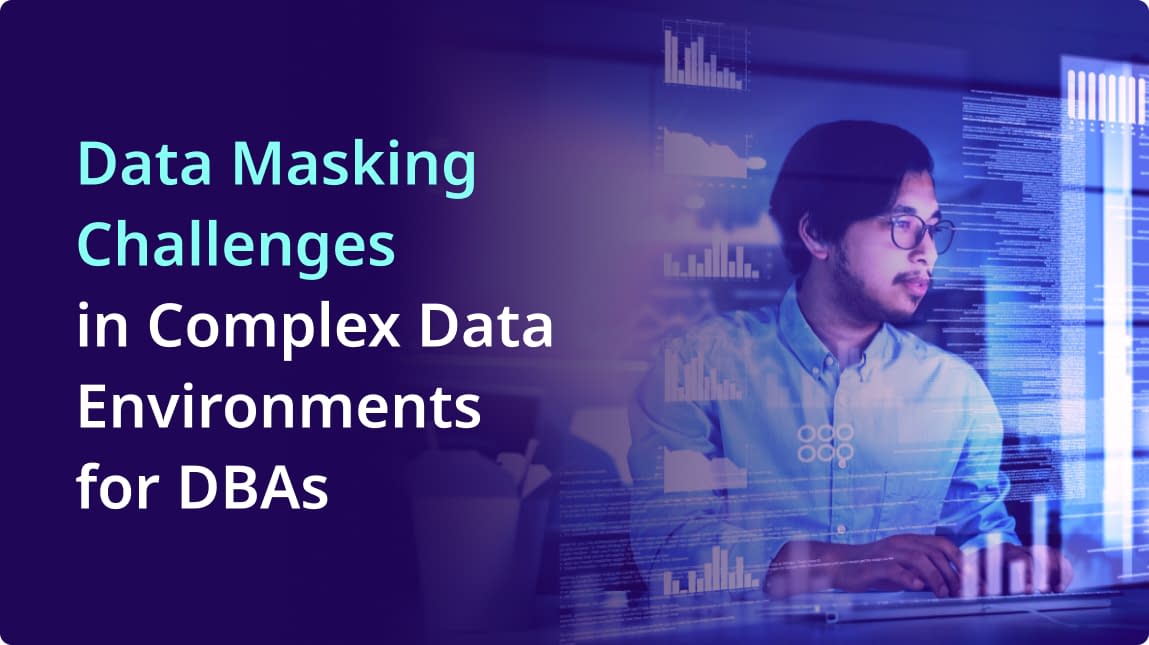


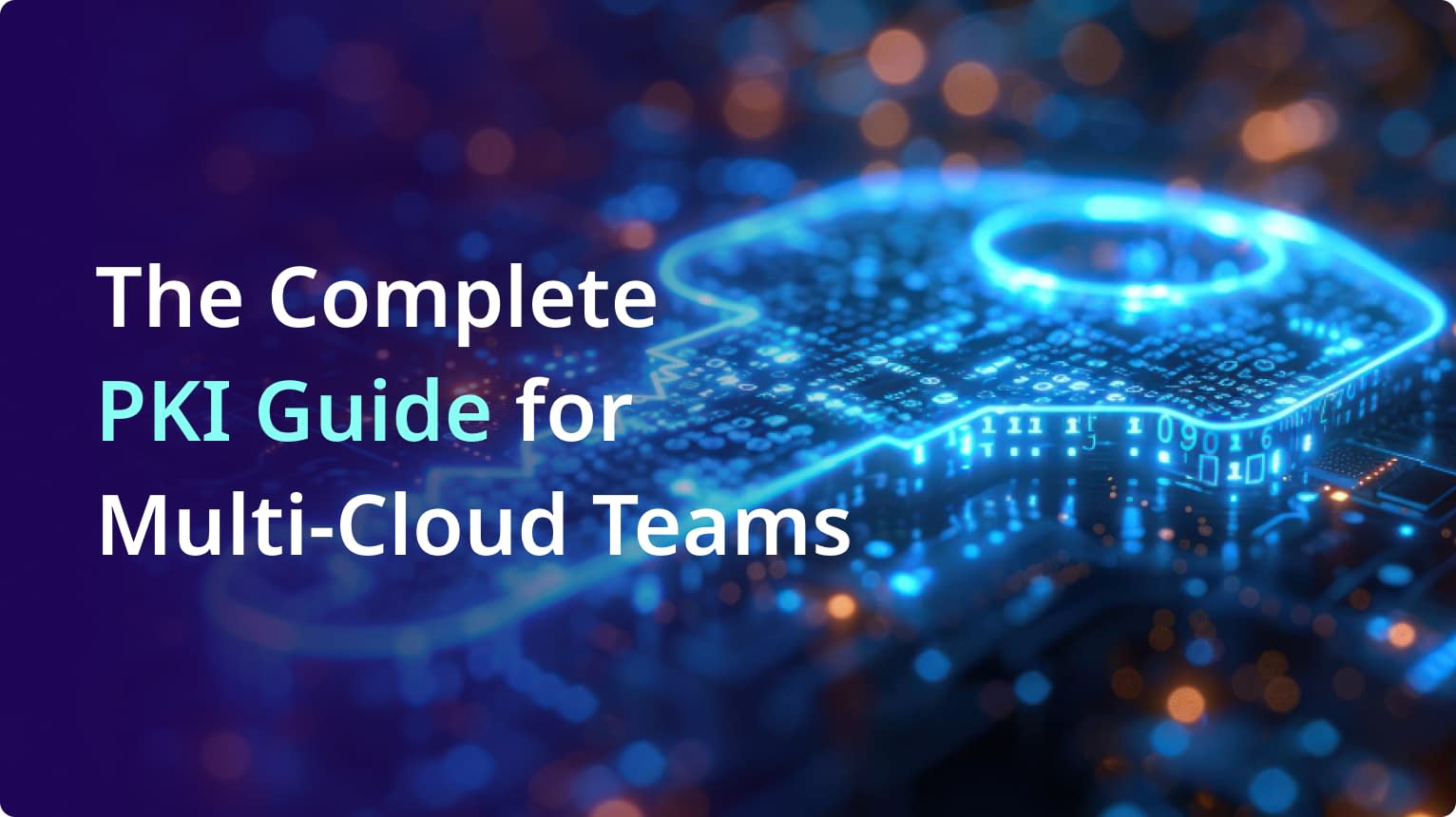



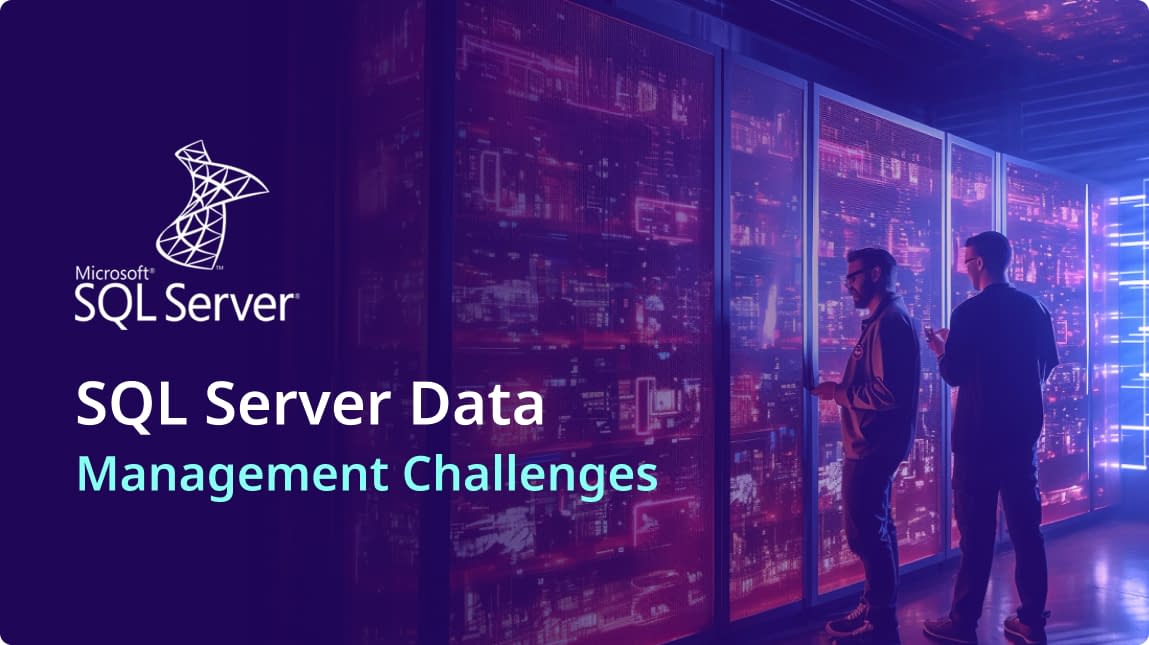
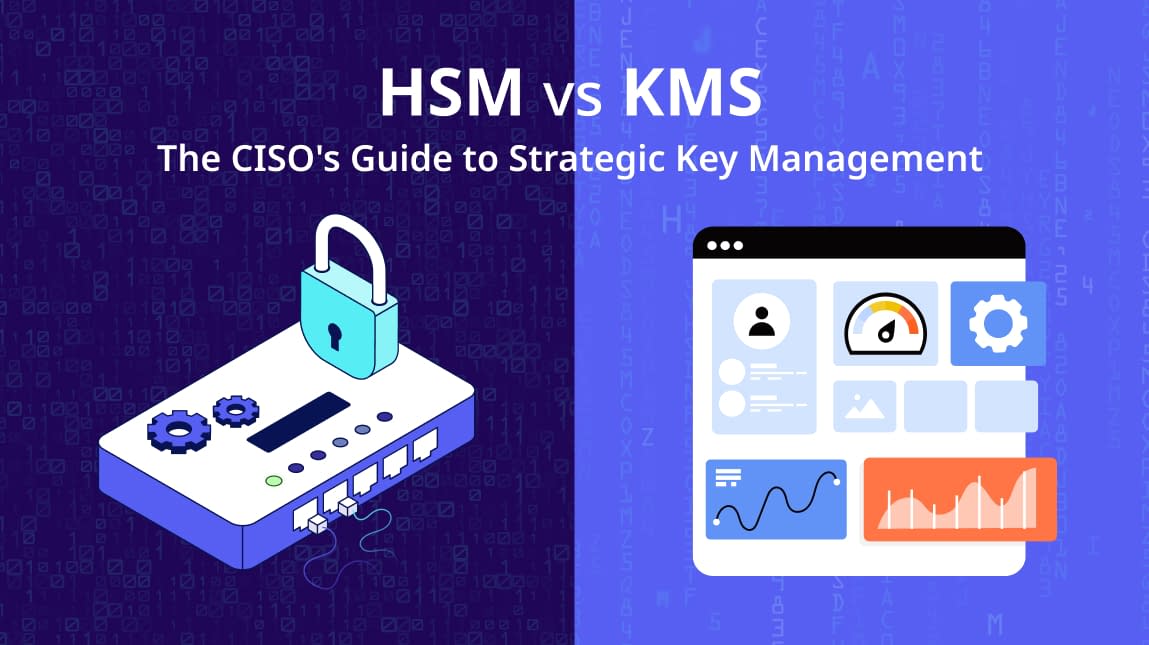

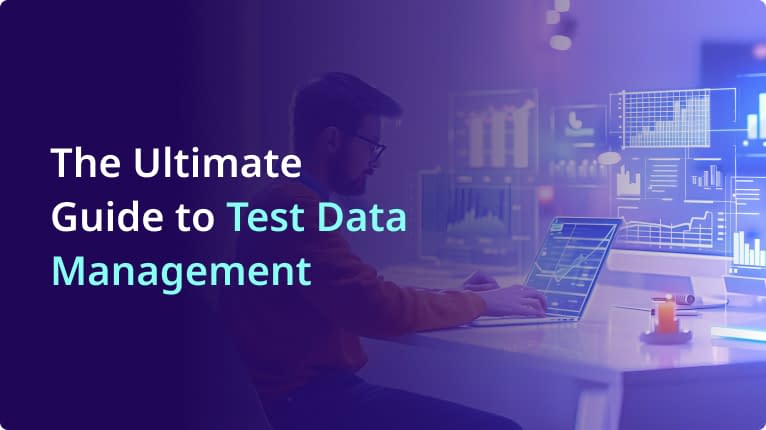
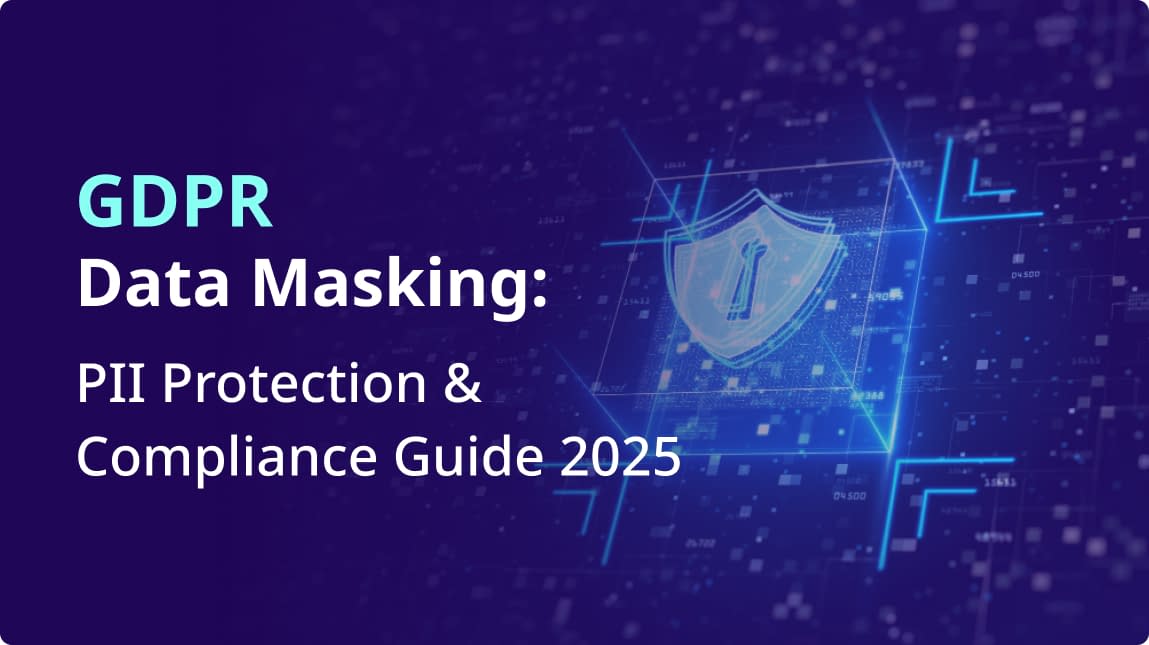
Comment